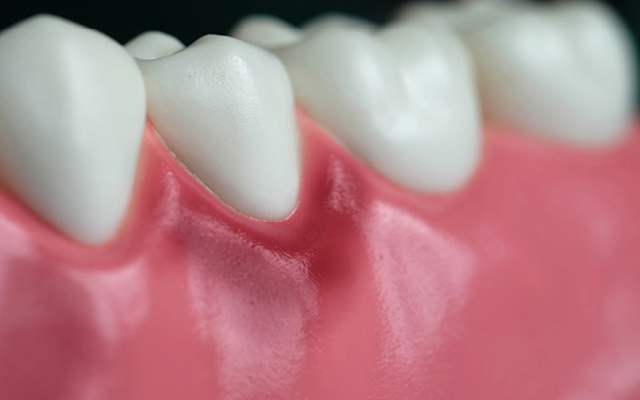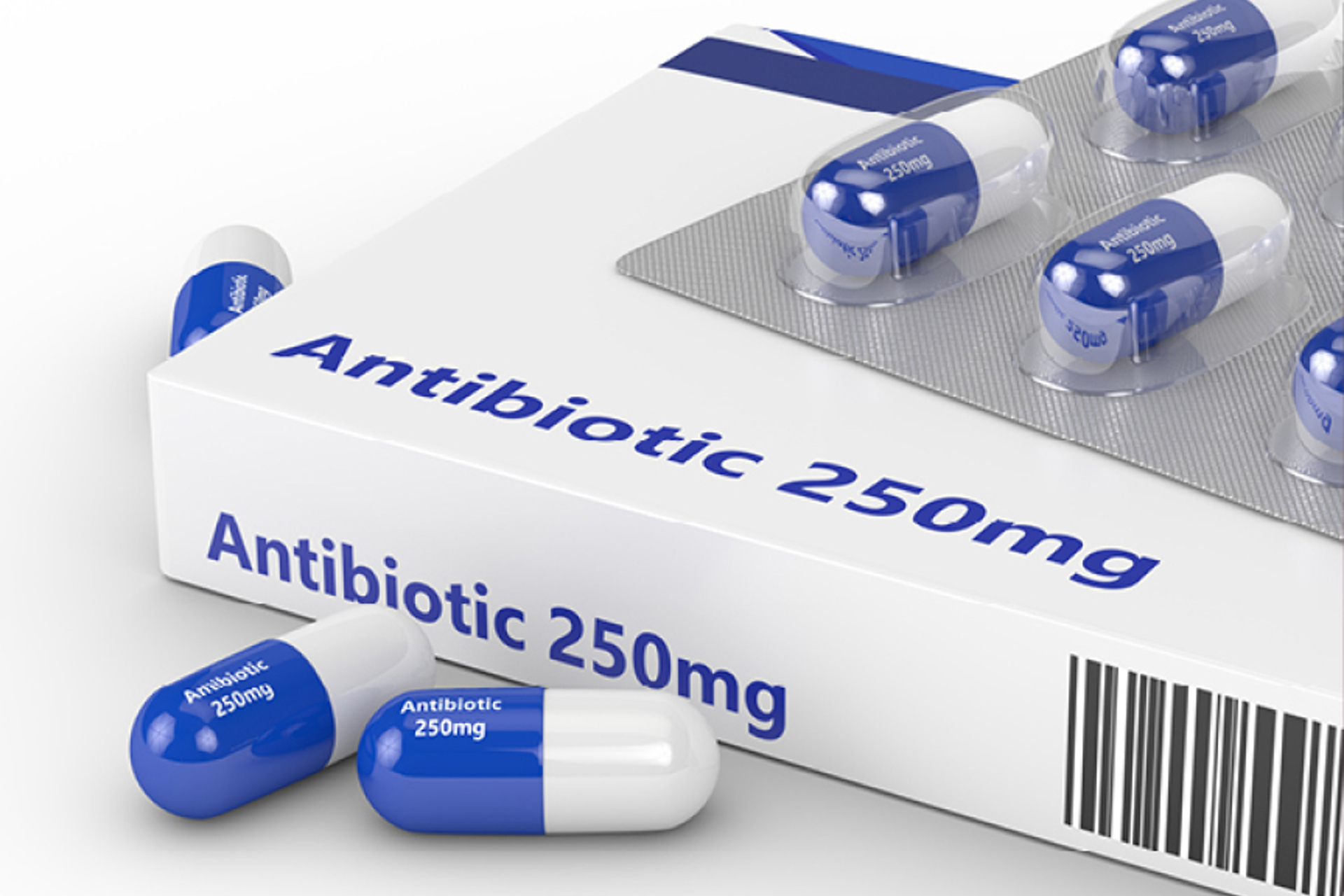Antibiotics and Gum Diseases
Antibiotics and Gum Diseases
Routine treatment for gum disease (Periodontal Disease/Periodontitis) involves deep cleaning the root surfaces of the teeth, normally under local anaesthetic and showing the patient how to brush and clean in between the teeth well. This procedure may need to be repeated before the gums are healthy again. On the occasion that this treatment alone does not result in healthy gums, the periodontist may choose to prescribe antibiotics (Figure 3).
Taking antibiotics doesn’t always help and not all antibiotics will benefit the gums so which one the periodontist choses will depend on the gum problem and the person’s general health. Commonly prescribed antibiotics include amoxycillin, metronidazole and azithromycin. However, others may be used.


There are a couple of other situations where the periodontist may prescribe antibiotics. Some patients are particularly susceptible to gum disease and antibiotics maybe used as part of treatment also. When a person develops an abscess from their gum disease resulting in them having a temperature or when the abscess has caused swelling which extends into the cheek or neck, antibiotics may be used. In both situations, the problem tooth will either need to be professionally cleaned or extracted. Taking antibiotics alone will not fix the problem. An antibiotic may be prescribed when a person has what is known as Necrotizing Gingivitis or NG for short. NG is a painful condition which also requires the teeth to be thoroughly cleaned by the clinician in the surgery and the patient at home.
Taking antibiotics can come with undesirable side-effects, some of which are debilitating and in rare instances, allergic reaction. The periodontist will not prescribe them unless the benefit of taking them outweighs the risks.
